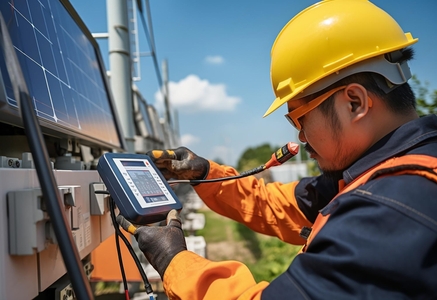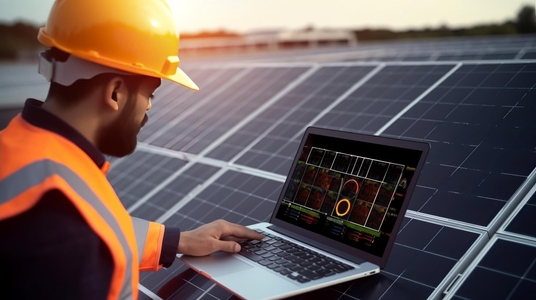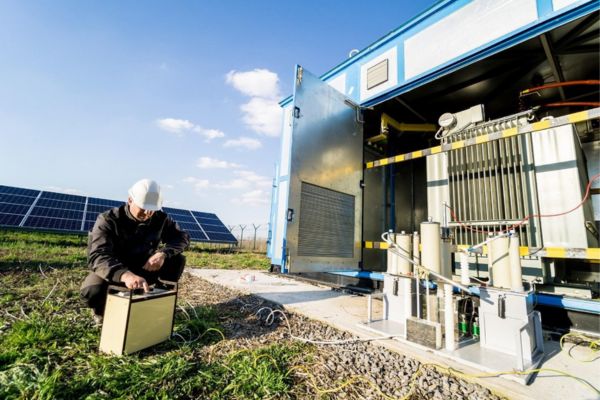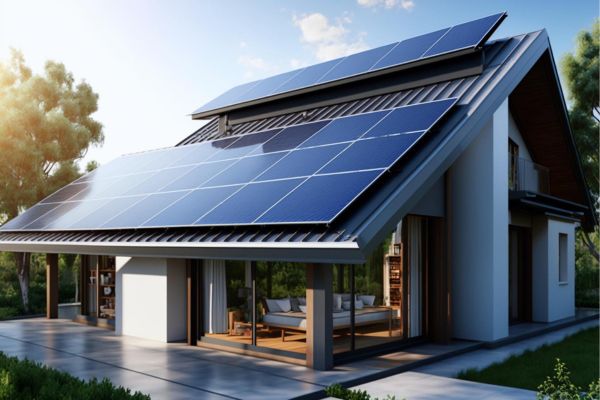
Net-metering is a billing mechanism that allows renewable energy consumers to connect to the grid and receive credits or compensation for any surplus energy they generate from the WAPDA (or the distribution company). However, individuals cannot directly apply for net metering in Pakistan. It is necessary to connect with an AEDB-registered solar company to avail of the net metering facilities. The solar company will prepare the application on behalf of the consumer and obtain approval from the Punjab Energy Department and NEPRA. Subsequently, the relevant departments will sign an agreement and issue the NOC and Generation License, granting the consumer the authority to generate renewable energy and sell it back to the national grid, thereby reducing electricity bills.
For efficient and quick approval of your Net Metering application, choose SNM Solutions which has extensive experience and a high success rate in obtaining Net Metering System approvals.








To better understand how net-metering works, follow few key steps:
Net-metering offers several benefits to both individuals and society as a whole. Here are some of the key advantages:

While net-metering is available in many jurisdictions, the policies and regulations surrounding it vary from place to place. Some regions have specific programs and incentives in place to promote net-metering, while others may have less favorable conditions.
The Eligibility Criteria of Net-metering in Pakistan is as follows:
You can apply for Net-metering by following these steps:
SNM Solutions can help you through all the way from “solar system installation” to “NOC issuance” and the “activation of net metering” offloading your stress to do all the steps. Simply get in touch with us and let our professionals handle your net metering system with expertise and efficiency.

An On-grid solar system, also known as a grid-tied or grid-connected solar system, is a type of photovoltaic (PV) system that allows individuals or businesses to generate electricity from solar energy and feed it directly into the existing electrical grid.

Off-grid solar systems are commonly used in remote areas where it is impractical or cost-prohibitive to connect to the grid. They are also popular for cabins, campsites, and other locations where grid access is limited or unavailable.

A Hybrid Solar System is a combination of on grid and off grid solar systems. It stores your excess solar energy generated by solar panels with batteries and also provides backup power during grid failures.

M27- IT Tower, Lahore
Welcome to SNM Solutions, your key to harnessing the power of the sun. We are a leading solar energy company dedicated to providing innovative, reliable, and affordable solar solutions for residential, commercial, and industrial needs.
Copyright © 2025 SNM Solutions All Rights Reserved Powered by Metaware Global
+92 313 878 3630